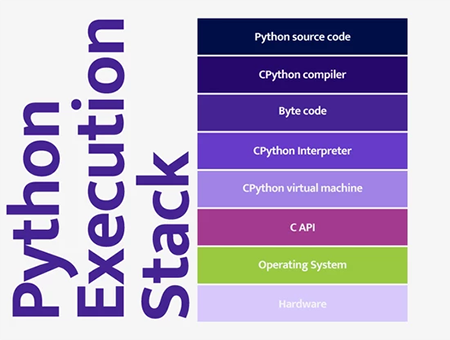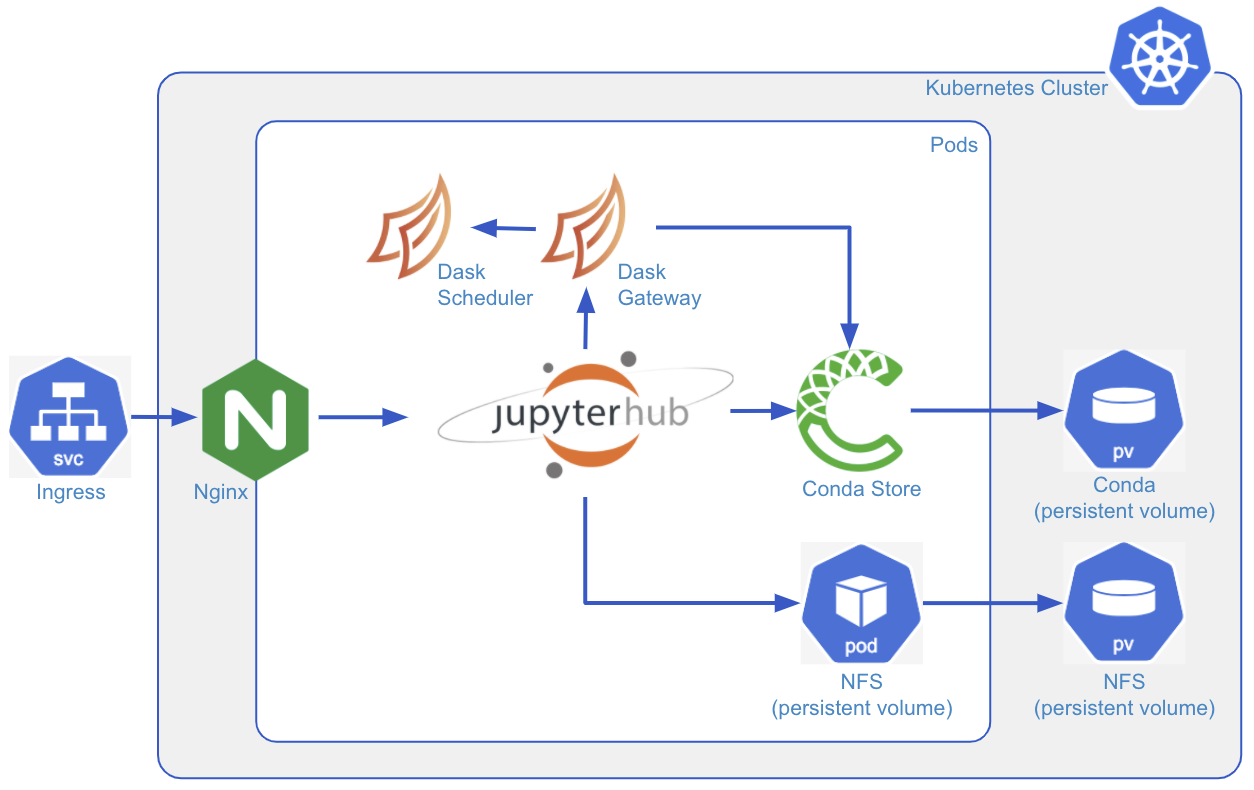Evolving QHub to Nebari: Your Open Source Data Science Platform 🪴
Published December 21, 2022
Pavithra Eswaramoorthy
Co-authors: Tania Allard, Brian Skinn, Dharhas Pothina
We’re excited to announce a new chapter for Nebari, formerly known as QHub, as it evolves into an independent, community-led project, with a fresh new look!
Since its launch nearly two years ago, Quansight has been incubating and developing Nebari—a fully open source collaboration platform for data science and research teams. What started as a proof-of-concept has become a trusted platform by many teams, both within Quansight and in the broader community.
In this blog post, we share Nebari’s journey, what this milestone involves, and why it is important to us.
What Is Nebari?
Nebari is a quick-to-setup JupyterHub-based platform, where data science teams can work and collaborate effectively.
You can set up (both configure and deploy) Nebari for your team with a single YAML file, on any major public cloud provider or your local HPC cluster. Nebari has been developed with a DevOps-first mindset, and it comes with several tools & integrations pre-configured, including Dask for scalability, reproducible environments, and features for sharing dashboards, so that your team can use it out-of-the-box.
So why do we need yet another JupyterHub distribution? Deploying and maintaining data science and research infrastructure remains a challenging task, especially for small teams without dedicated infrastructure staff. Nebari aims to remove some of this deployment overhead while integrating DevOps best practices, scalable distributed computing, and reliable environment and dependency management out-of-the-box. We spent the last few years solving these challenges to bring Nebari to its current state, and we hope the community can build from this foundation to make Nebari even better!
Company-Backed to Community-Driven
Incubating Nebari at Quansight for the past two years allowed us to iterate on new features and improve the project quickly. We used Nebari for a number of client projects and internally at Quansight (as a means of real-life dogfooding), which helped us catch and fix issues, experiment with several integrations for a diverse range of use cases, and configure what we like to call “sane defaults.”
Nebari has been completely open source since day one, though to date it has been primarily developed by Quansight. We believe it has reached a maturity level where a community-first approach to Nebari’s development and governance is essential for its long-term sustainability. This is a core part of Quansight’s mission of “Building a Sustainable Open Source Ecosystem.”
Governance That Supports Our Community
The first step in moving to a community-driven model is adopting a governance structure and a license that puts our community first. It’s important to explicitly state and codify our community values and practices to truly embrace the spirit of open source software. We are working on a light, yet sustainable set of policies to foster a healthy community around Nebari.
By doing so, we will enable a diverse set of stakeholders and community participants to engage with and set the direction for the project. Also, having a more transparent and community-first governance model will allow us to better interact with other projects in the open source ecosystem, and ensure improvements are regularly contributed to the upstream (all those open source projects upon which Nebari is built on).
We care deeply about accessibility and inclusion: our roadmap highlights initiatives in these areas, and we have a strong Code of Conduct to ensure these standards are upheld. We understand that open source contributions go beyond writing code, and our contributing guidelines accordingly include paths for all forms of contributions. As one example, we’re documenting and updating our day-to-day workflows, from decision-making to infrastructure details to allow contributors to get involved in all aspects of the project. Our policy documents encourage contributing back to upstream libraries whenever possible, reinforcing our commitment to the open source community.
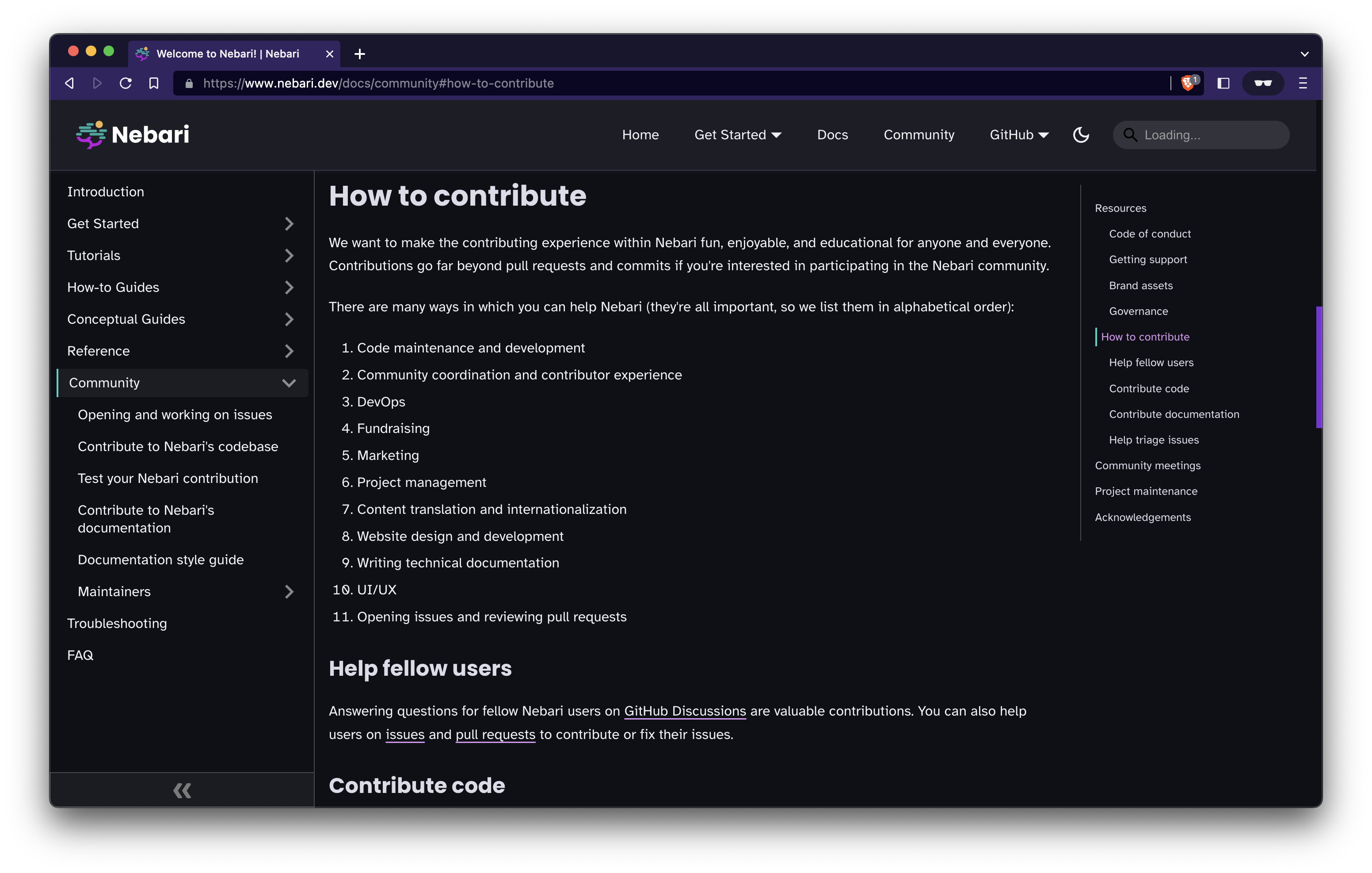
We’re grateful for the opportunity to learn from other open source software (OSS) communities and their governance policies to create a strong foundation for Nebari’s next chapter. We took great inspiration from the JupyterHub, NumPy, Kubernetes, Bokeh, and Gatsby JS communities, to name but a few.
Structurally, Nebari is now an independent organization, hosted on GitHub as nebari-dev and licensed under a permissive BSD 3-Clause license held by the Nebari development team. Our governance documents are in the nebari-dev/governance repository and the community section of our documentation. These documents are a work in progress and will continue to evolve with the project and its community.
New Name and Brand
With this new chapter, we realized that the name “QHub” no longer captured the essence of the project. We selected the name “Nebari,” which is a Japanese word that describes the roots of a Bonsai tree that are visible above the surface of the soil.
“Nebari” was originally proposed by Pamphile Roy. In his own words:
Bonsai is really an art and lifestyle for some people. Growing a Bonsai requires knowledge, patience, time, and care. It's a long-term relationship you need to have with your tree. During its long life, you will add features (pruning, orientation, dead wood, change branch orientations, etc.) and oversee its growth on a daily basis. All this to have a strong and healthy tree. I think this is what we can wish for a product, API, etc. Grow, yes, but with planning/vision/users in mind which all take time to reflect upon. Then you will have a strong product which corresponds to something, someone.
~ Pamphile Roy, Software Engineer at Quansight, and core developer of SciPy
Nebari captured everything we wanted the project to be: opinionated, yet flexible, reliable, and ever-growing. Nurturing an OSS project is pretty much like gardening, so the team loved this name and concept straight away.
The next step was to define a visual identity to capture this concept. Here are some early concept ideas for the new logo, all of which try to bridge the ideas of Bonsai and clouds (a nod to cloud computing):

The amazing Irina Fumarel took these ideas and created the current Nebari logo:

The Nebari colors and fonts were chosen to be accessible to a wide audience and to stay consistent across various mediums like data visualizations, documentation themes, graphics, and more. All our design assets are publicly available at nebari-dev/nebari-design, and we will soon add the design guidelines and a broader color palette!
How Far We Have Come, and What’s Next
Nebari has come a long way since its official launch in 2020! It currently supports all major cloud providers: Amazon Web Services (AWS), Google Cloud Provider (GCP), Azure, and Digital Ocean; as well as local HPC clusters.
In preparation for the rename and change of governance, we spent the last few months focusing on improving the user and developer experiences. For example, we did a complete documentation re-write and re-structure. Nebari now follows the Diátaxis framework, and has a new website built using Docusaurus and hosted at nebari.dev.
We updated Nebari’s command line interface (CLI) using Typer and Rich for a better user experience. We also created a new “Guided Init” wizard for new users to deploy Nebari more quickly and with less friction. You can learn more about these changes in the blog post Developing a Typer CLI for Nebari by Asmi Jafar, a Quansight Labs intern, who worked on this feature.
We improved integrations like Keycloak for better access and resource management and added new ones like Visual Studio Code and Grafana monitoring for convenience.

In the coming months, we will continue to focus on Nebari’s community and governance documents. We want to add more guidelines for maintainers and more contributing paths that involve little to no code. We are actively improving and expanding the documentation, and making our integrations more robust.
You can keep up with Nebari’s progress by keeping track of our detailed roadmap on GitHub!
Join Our Community!
This milestone wouldn’t be possible without numerous contributors who worked on Nebari over the years, continued support from the Quansight team, and feedback from the broader open source community. We are immensely grateful to you!
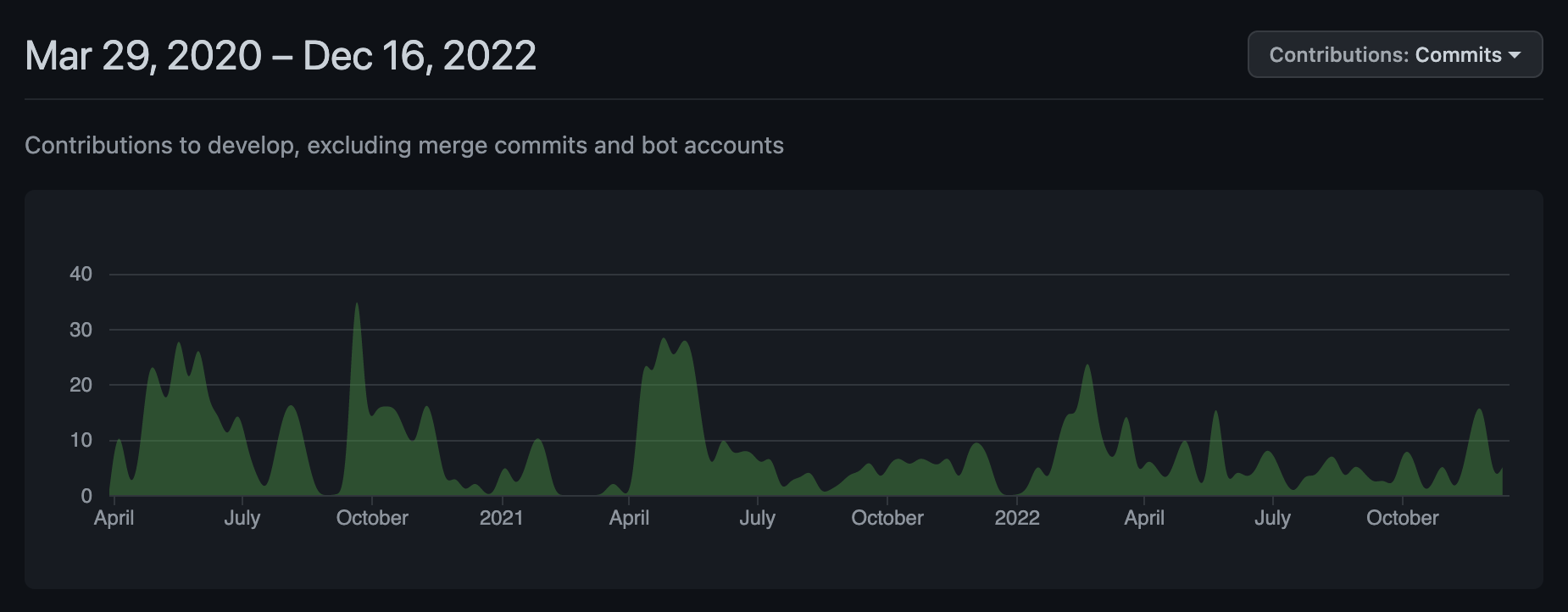
We’ve started hosting bi-weekly meetings to give all community members, including users, contributors, and maintainers, a chance to collaborate and share ideas. We invite you to come by and say hi.
Try out Nebari, and let us know how it goes. We look forward to seeing you in our community spaces!
